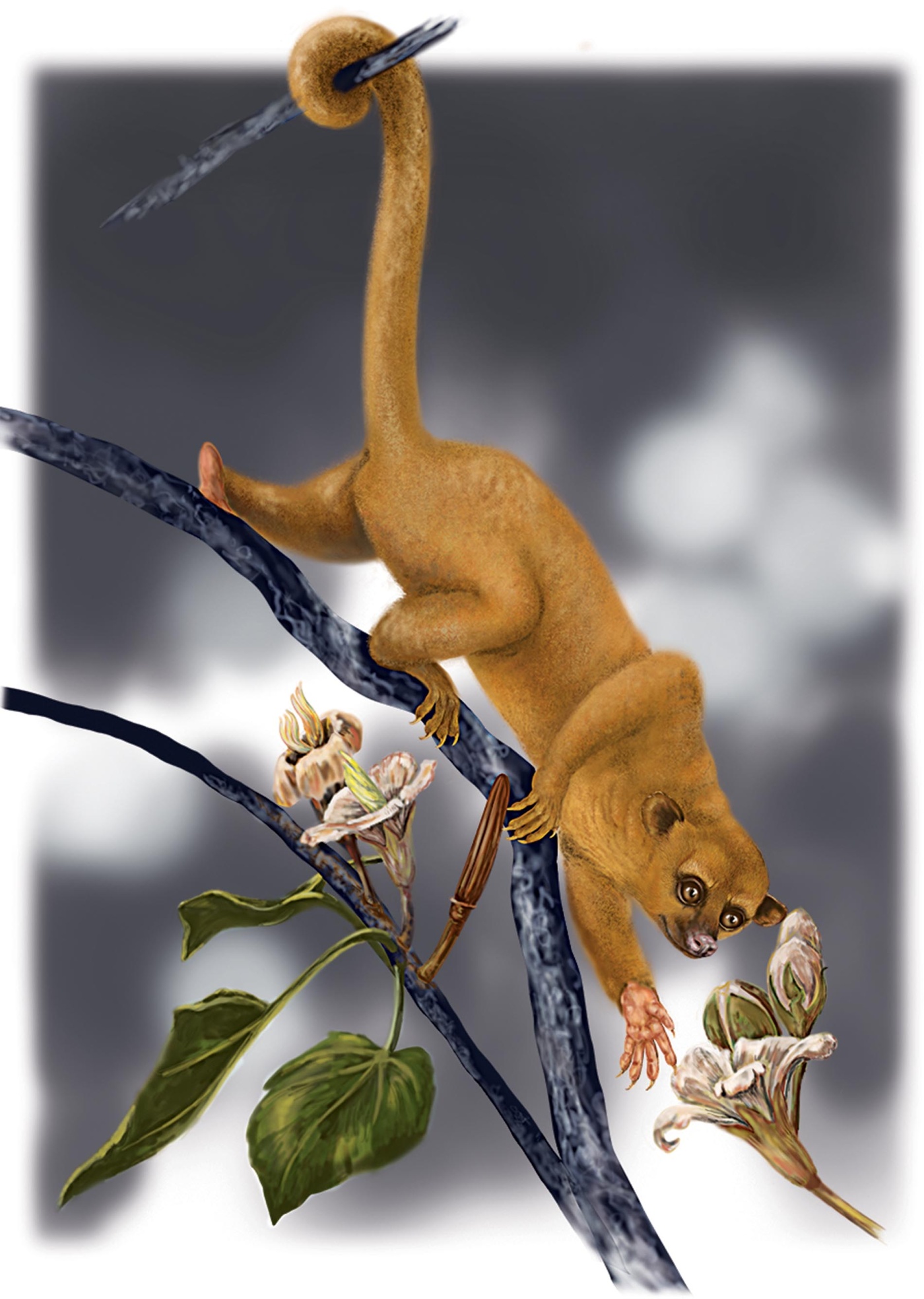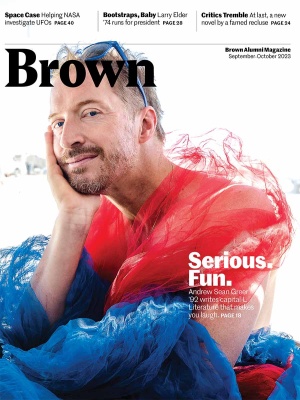Grand Design
Is anatomy destiny?
When Ted Grand ’59 was beginning his career, he got roped into serving as an assistant in a course on human anatomy and began to despair that he was losing his ability to see the whole for the sum of its parts. “I left [the class] at Thanksgiving and never returned!” he writes in his new book Carving Nature at Its Joints: Mammalian Anatomy, Behavior, Development, and Evolution.

Carving Nature goes beyond simple anatomy to tie together everything from cell biology to animal social behavior. It’s cocooned in an entertaining memoir of a life in science, gleaned from a 50-year career at the Oregon Regional Primate Research Center and the National Zoo in Washington, D.C., as well as field research from French Guyana to Sri Lanka, and filled with beautiful illustrations by collaborator Carol E. Underwood.
The book begins not with scientific facts but with an inquiry into the nature of language, namechecking everyone from Socrates to Kant. At Brown, the bio major took electives in history, classics, and art history. “It influenced my worldview and the way my mind works,” says Grand, who demonstrates a unique ability to draw connections between different fields of knowledge.
Grand’s father, a lawyer, told him growing up that most disagreements came down to language. “We would talk about why people argued, and often it came down to misinterpretation over words,” he says. Grand applies the lens of language to scientific debates, such as whether the red panda is a raccoon or a bear. Despite its similarity to raccoons, the British lumped it in with the panda on the basis that it lived in China and ate bamboo. Until Grand, no one looked at the anatomy of baby red pandas and raccoons, which are almost identical.
Another section of the book examines the evolution of primates’ hands based on their strategy for acquiring food, which Grand uses in observing how macaques and langurs map their territories.
“I would not want my readers to cast off biochemistry or genetics, but like two sides of the brain, they ought to also be able to go back and forth between the parts and the whole,” Grand says. “It’s like when you crank the power back on a microscope, you have to change the lens. I want to make that bridge possible.”





